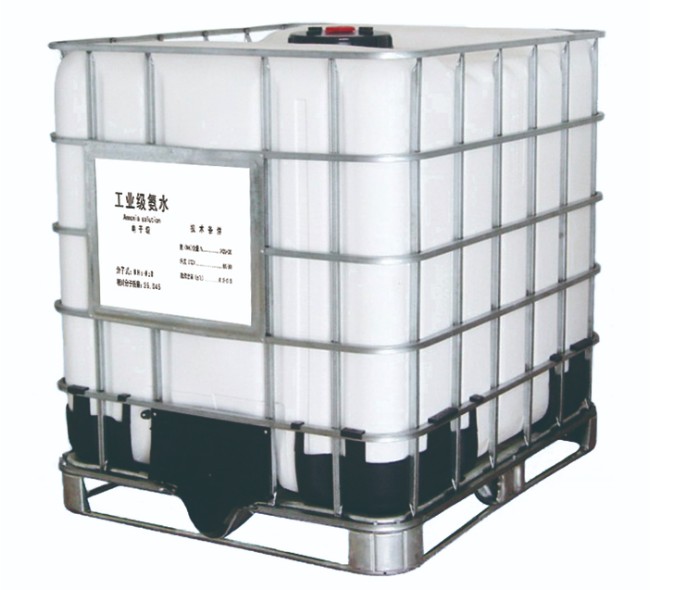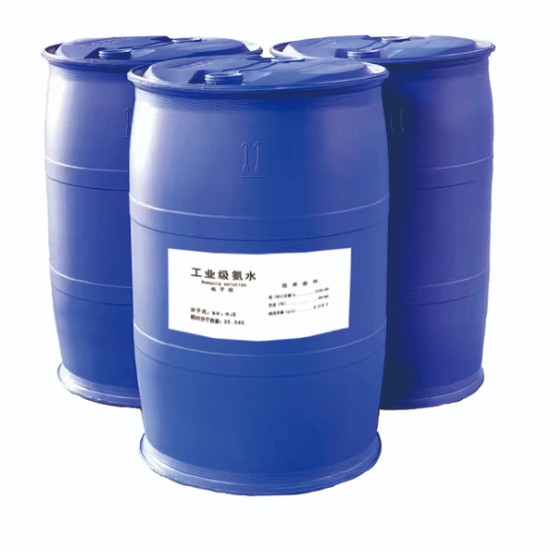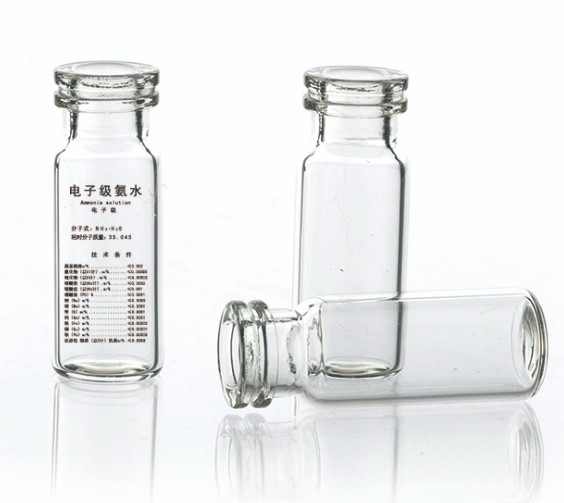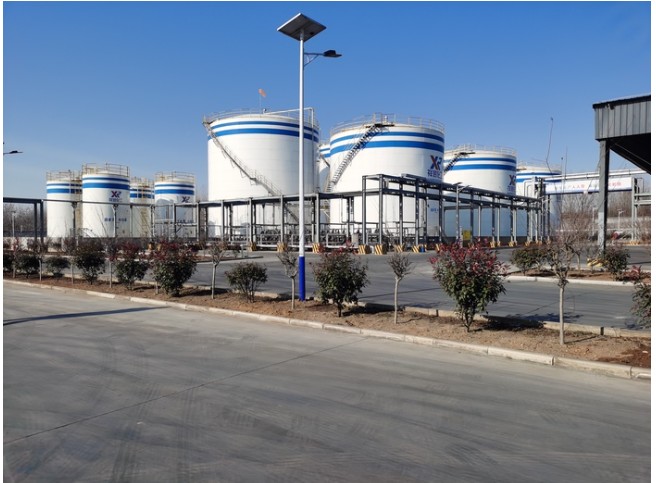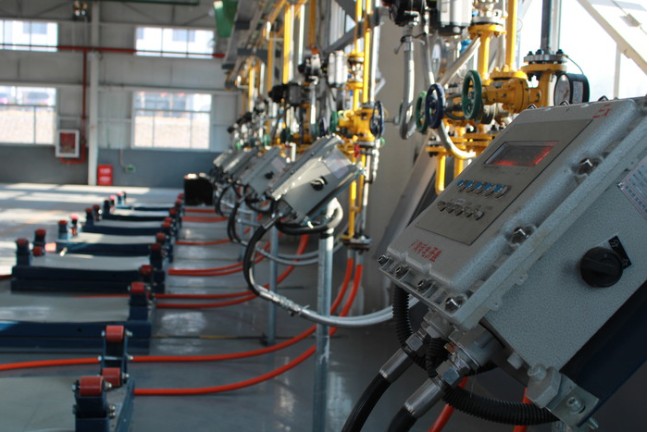Our company has a supply capacity of 80,000 tons per year for aqueous ammonia.
Laboratory Applications:
Aqueous ammonia is a crucial reagent in laboratories, primarily used as an analytical reagent, neutralizing agent, alkaloid extractant, aluminum salt synthesis, and a weak alkaline solvent. It is employed in the synthesis of aluminum salts and the determination of certain elements (such as copper, nickel), used to precipitate various elements' hydroxides.
Industrial Applications:
In industries such as woolen, silk, and dyeing, aqueous ammonia is used for washing wool, fleece, and greige fabric, dissolving and adjusting acidity and alkalinity, and serving as a dyeing assistant. In the organic industry, it functions as an amine agent, a catalyst in the production of thermosetting phenolic resins, and in the inorganic industry, it is used to prepare various iron salts.
In large-scale integrated circuit depressurization or plasma CVD in industry, ammonia is used to grow silicon dioxide films. In boiler water, it serves as a pH regulator, neutralizing carbonate and raising the pH to slow down the corrosion caused by carbon dioxide. It is also a boiler shutdown protective agent, providing good protection for boilers with a small amount of water that cannot be drained. In medicine, diluted ammonia is used for reflex stimulation of respiration and circulation, treating fainting and fainting, and as a skin irritant and disinfectant. It can also be used as a detergent, neutralizing agent, alkaloid extractant, and in the pharmaceutical industry for yarn setting, sun drying, etc.
Agricultural Applications:
When diluted, ammonia can be used as fertilizer in agriculture. The ammonia concentration in agricultural ammonia water is generally controlled within the range of 15% to 18% nitrogen content, with a preferable carbonization degree greater than 100%. Application methods include furrow application, surface application, along with irrigation water, or spray application. When using, it should be diluted to below one-thousandth with water, avoiding contact with stems and leaves to prevent burns.
The application principle of ammonia water in agriculture is "do not leave the soil, do not leave the water." Not leaving the soil means deep burial; not leaving the water means adding water to dilute to reduce concentration, decrease volatility, or combine with irrigation for application. As ammonia water has a lower density than water, care should be taken during irrigation to avoid excessive accumulation in certain areas, causing damage to plants. Ammonia water can be used as a base fertilizer or topdressing.
In China, commonly used concentrations of agricultural ammonia water are 15%, 17%, and 20%, while foreign agricultural ammonia water has slightly higher concentrations, generally around 25% ammonia (20% nitrogen). In 2008, the production of ammonia water in China accounted for less than 0.2% of the total nitrogen fertilizer production.

